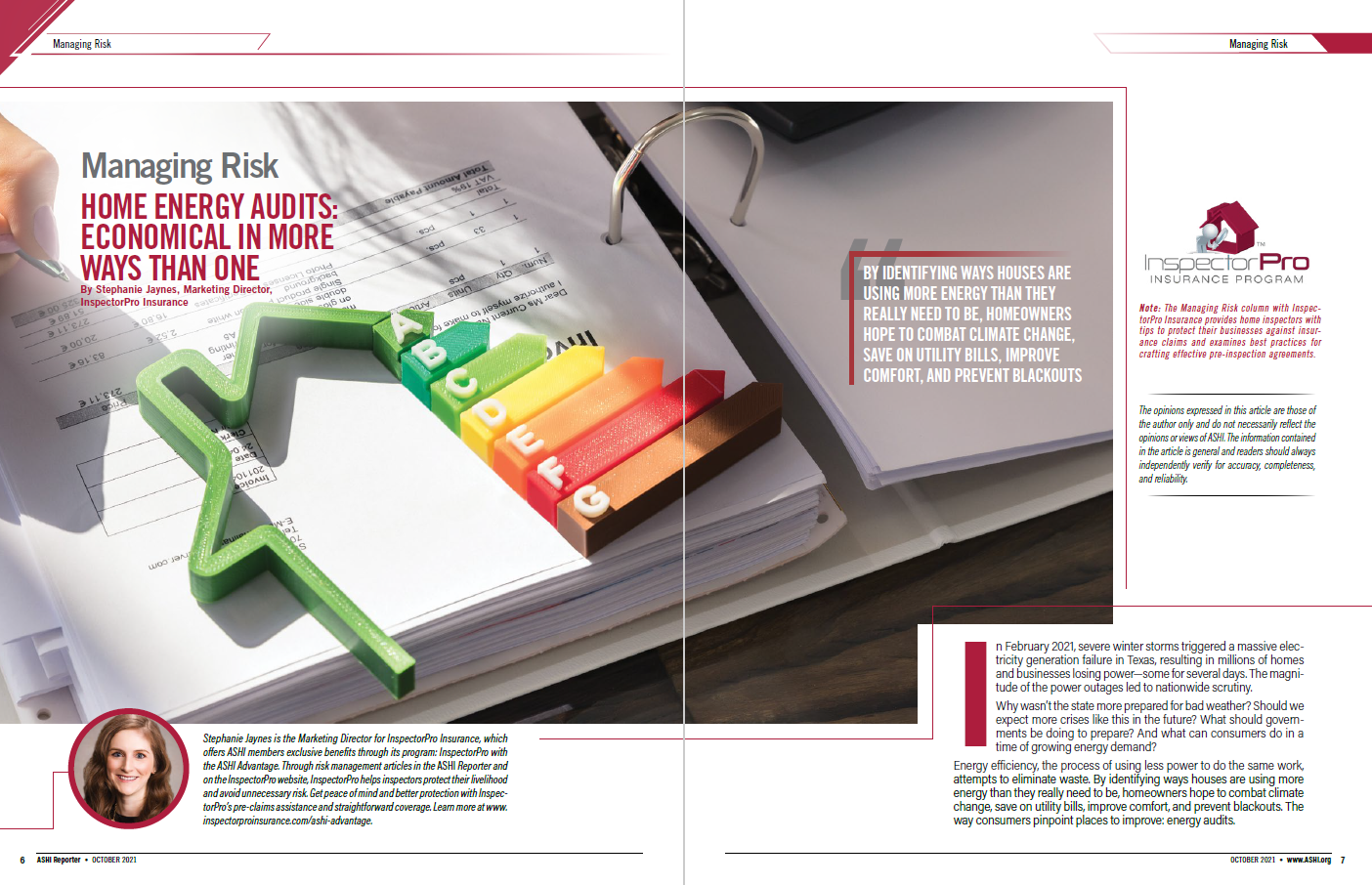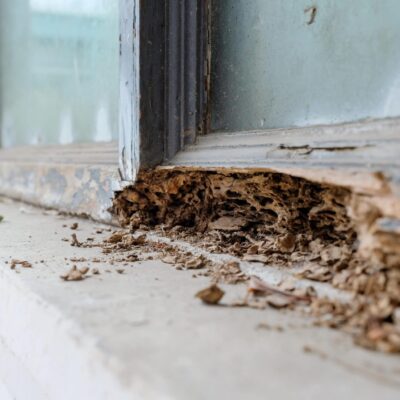Home Energy Audits: Economical in more ways than one
Last Updated November 27, 2023
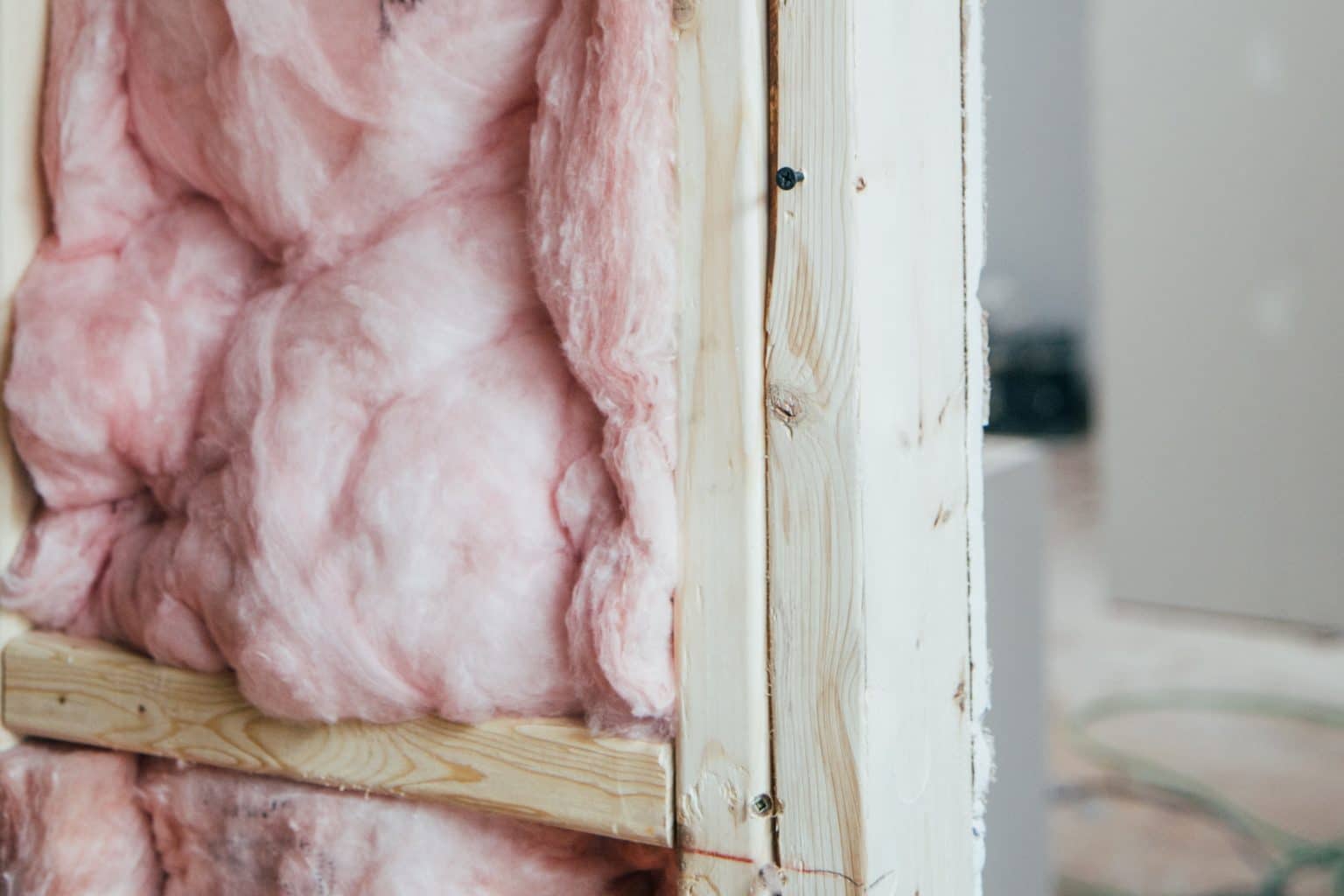
In February 2021, severe winter storms triggered a massive electricity generation failure in Texas, resulting in millions of homes and businesses losing power—some for several days. The magnitude of the power outages led to nationwide scrutiny.
Why wasn’t the state more prepared for bad weather? Should we expect more crises like this in the future? What should governments be doing to prepare? And what can consumers do in a time of growing energy demand?
Energy efficiency, the process of using less power to do the same work, attempts to eliminate waste. By identifying ways houses are using more energy than they really need to be, homeowners hope to combat climate change, save on utility bills, improve comfort, and prevent blackouts. The way consumers pinpoint places to improve: energy audits.
Why Home Inspectors Offer Energy Audits
Also known as energy assessments or performance testing, home energy audits evaluate properties’ energy usage. By taking measurements, checking combustion safety, conducting blower door and duct tests, and making calculations, auditors can reveal important information—like how well a house seals in air and where it wastes electricity—which can then help clients lower their energy usage.
In addition to making more money—anywhere from $300 to $800 per inspection, depending on their experience and inspection area—the home inspectors we interviewed perform energy audits for the following reasons.
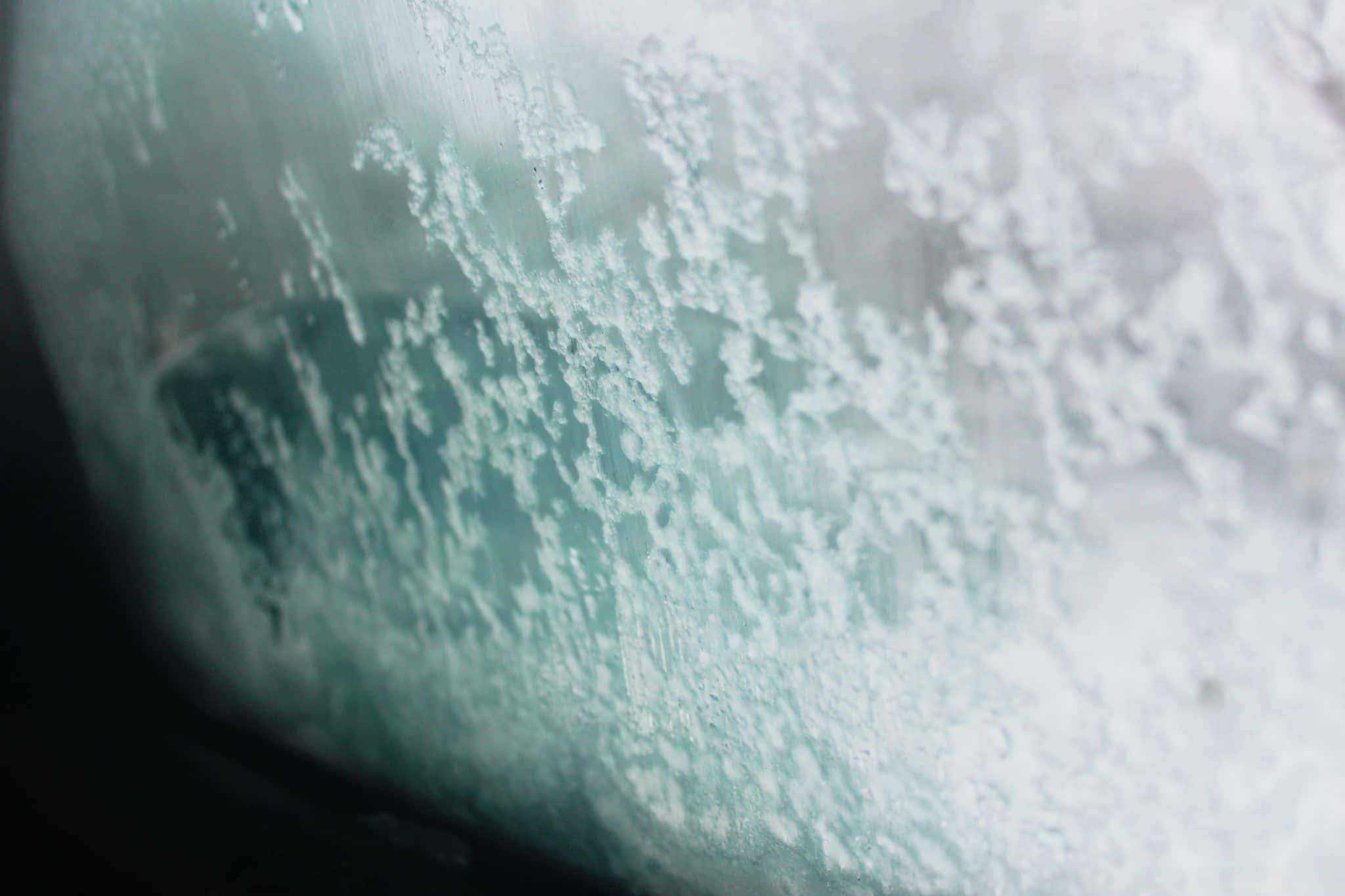 1. To Combat the Winter Slump
1. To Combat the Winter Slump
When the housing market slows down in the winter, so do home inspections. For Mike Carson of Inspect It Right Home Inspections, LLC in Wisconsin, energy audits are perfectly suited for the lull. With the air conditioning blasting all summer, few consumers worry about energy efficiency. But when there’s a chill due to heat loss, people are much more interested in thinking about home performance.
“When winter hits, Mama feels a draft. They want it fixed, and they pick up the phone,” Carson said.
Larry Transue of Integrity Inspection Service in Pennsylvania and New Jersey agrees that chilly months provide a peak season for energy audits, particularly in areas that experience lower temperatures.
“If you’re in a cold climate state, I would bet that there is some demand for energy audits,” Transue said. “If clients are spending a lot on heating, they’re definitely going to want to save money.”
What’s more, energy audits can be a great way to work with clients who have already hired you for a home inspection. By showcasing your expertise and marketing your audits during your inspection, you’re more likely to be the first one your clients call when they’re ready to invest in home improvements, like energy efficiency.
2. To Learn More
In a 2018 survey of 2,400 LinkedIn professionals, researchers discovered that prioritizing learning on the job makes for a happier, more dynamic career. Such a pursuit of knowledge was exactly what led Benjamin Meredith of Building Knowledge Professional Inspection Services in Virginia to energy audits. (And is it really a surprise with that business name?)
“Home inspections were boring me, honestly,” Meredith said. “Energy auditing helps you see houses through a different lens. It truly helps you see the full picture.”
Carson, too, was interested in seeking a deeper understanding of building science that would bolster his skills and spark his interest.
“I love learning about the home as a system, how all the components are put together. The more you know, the better the home inspector you will be,” Carson said. “Who better to look at your furnace and your ductwork than someone in the home performance industry?”
Investments Inspectors Make
Education and Licensing
Most states do not require energy auditors to have a license. But some jurisdictions, like Nevada, do. Be sure to check your state and local laws to see if your area requires licensure and what you need to do to obtain licensure.
However, even if training is not required in your state, taking courses to increase your knowledge of energy efficiency and auditing is wise. By pursuing knowledge, you qualify yourself to perform better inspections, generate more credibility in the field, and mitigate potential claims. The Building Performance Institute (BPI), the Residential Energy Services Network (RESNET) (who developed the Home Energy Rating System
(HERS) accreditation), and the Association of Energy Engineers (AEE) all provide nationally recognized certification programs.
Whatever program you decide to pursue, the inspectors we interviewed strongly recommend attending in-person courses. Through hands-on training, our interviewees felt more informed and prepared to perform audits.
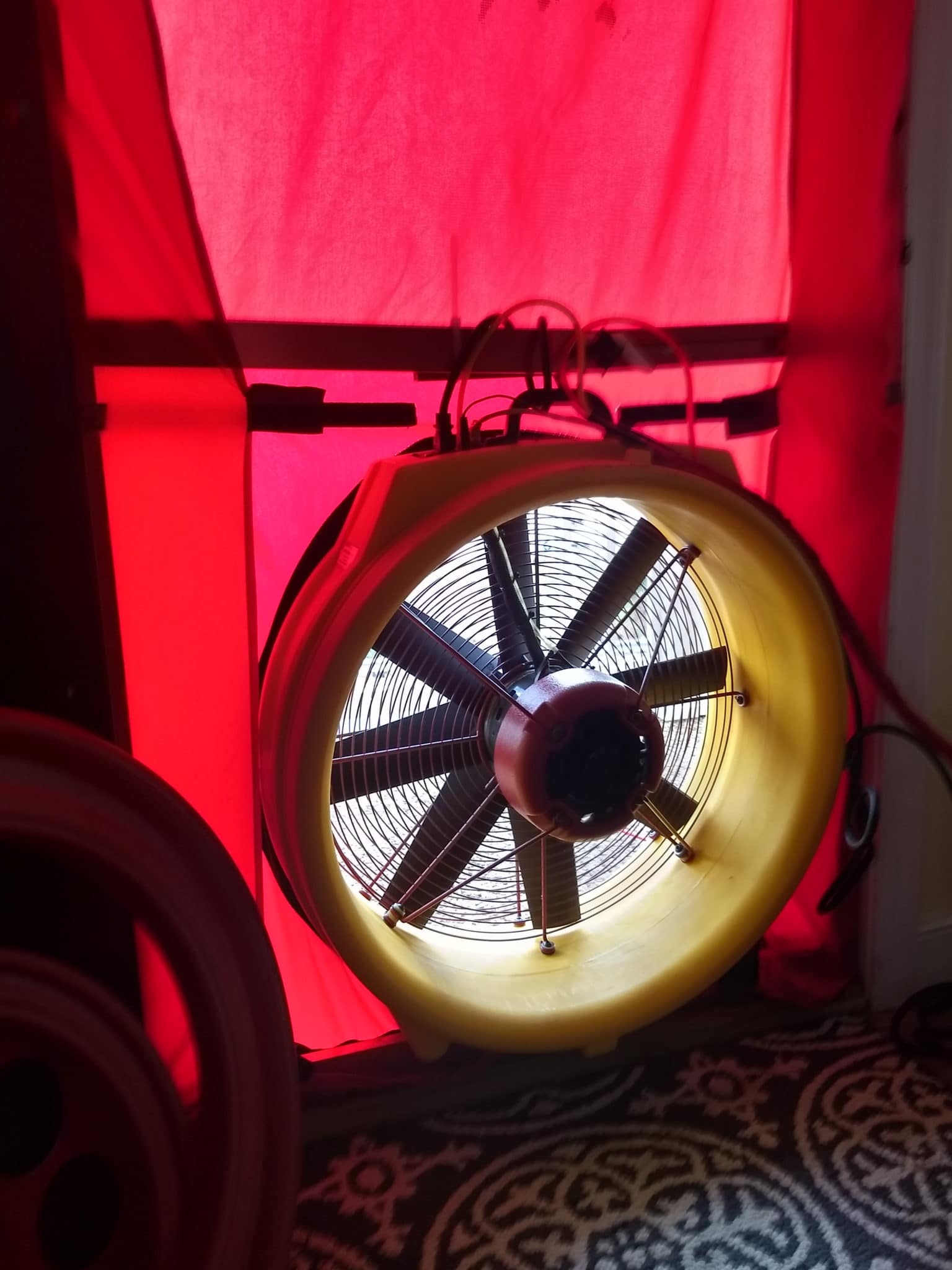 Equipment
Equipment
Lots of equipment may be used during a home energy audit. Below are some examples of common tools energy auditors use.
- Blower door systems, which quantify the amount of air leakage through sealed doors and windows, cost around $4,000 and require annual accuracy evaluations.
- Duct blasters, which test ducts and tight enclosures for airtightness, also run around $4,000 and require annual accuracy evaluations.
- Manometers, which provide pressure gauges for blower door and duct testing, cost around $1,500.
- Thermal imaging infrared cameras, which examine the heat given off by property systems and components, cost anywhere from a few hundred dollars to $15,000, depending on the accessories and the camera’s clarity and features.
But before you jump to buy all the equipment listed above, see if there are any lending programs in your area. Julian Benton of Halcyon Home Inspection in California borrows blower door systems and duct blasters through the Sonoma County Energy Independence Program (SCEIP), for which he’s a qualified contractor. Through the program, Benton can borrow items for a week at a time at no cost to him.
Because it’s a different type of inspection, some energy auditors invest in different reporting software, too.
Limiting Your Liability
Below are some suggestions on how you can safeguard your business while performing energy audits.
Consider carrying additional insurance.
While many home inspector insurance policies may allow inspectors to perform basic audits, such policies may not provide all the coverage you need. Depending on your state’s regulations and the services you’re providing with your audits, you may need to carry additional insurance.
Start by talking with your home inspector insurance provider about just what services you provide and what coverage you need. Should you find that your home inspector insurance policy doesn’t adequately cover your energy audits, then you should pursue an additional policy. When looking for supplementary insurance, search for coverage for green or renewable energy raters or auditors.
Additionally, you may wish to purchase equipment coverage to protect your energy audit tools and equipment from theft and damage. Learn more from “How to protect your tools and equipment.”
Set expectations.
Most of your clients don’t have much of an idea what an energy audit is and isn’t until you tell them. For Benton, setting expectations begins before he even accepts the job. When someone calls asking for an energy audit, he asks questions to learn more about the caller’s intentions and situation.
For example, if a caller complains of a high electric bill, Benton will ask if their house has gas and whether the house is heated with gas. Based on the caller’s responses, Benton may recommend against an energy audit and propose a better alternative, like an electricity usage monitor.
By reviewing what you look for, what you don’t, and how you’ll conduct your inspection, your clients will be less likely to accuse you of missing something outside of your audit’s scope.
Additionally, reminding your clients what’s realistic will make them less likely to file claims without merit. For example, say Carson has a client express interest in an energy audit because of ice dams on their house. Carson is sure to explain that, while energy efficiency can reduce dams, it likely won’t eliminate them.
However, it’s not enough to just have a conversation. Your clients must understand what you’re saying. Breaking it down into layperson’s terms will help your clients grasp difficult concepts.
“Home performance is a whole different language. Learn the terminology, then learn how to explain it in such a way that people can understand,” Carson said. “The more they understand about their home, the less likely they’re going to call you with a complaint.”
Be careful with your calculations.
No one wants to waste energy. But having too tight a property can create its own slew of problems.
“You have to figure out and calculate how much air a home needs to breathe to function properly so you’re not creating indoor air hazards, such as back drafting water heaters or adversely affecting bath fans and furnaces,” Carson said. “You really have to be detail-oriented and pay attention to just the little things—especially the ventilation requirements. Slow down and take your proper measurements.”
Steve Nations of Nations Home Inspections & Energy Ratings in Illinois has witnessed the dangers of poor calculations firsthand. After Nations performed an energy audit (with good calculations) for a client adding an addition to their house, the client asked a contractor to install a heat recovery ventilator. The ventilator was supposed to come on twice a day and run for six hours at a time.
After the contractor installed the unit, the adults and three children living in the home were sick all winter long. It was only after Nations returned to the property to do an additional audit that they found out why. The contractor had set the ventilator to come on twice a day but, when it did, it stayed on for just one minute at a time. Instead of running for 12 hours a day, the ventilator was on for two minutes a day. The house was too tight, and the family wasn’t getting enough fresh air.
Luckily, Nations discovered the issue on his second visit. The contractor returned to fix the ventilator, and the family can breathe much easier.
Know guidelines and regulations.
As an energy auditor, you may need to certify that properties comply with guidelines or qualify for incentives. Should you claim that your client meets such requirements and be wrong, you could receive a claim for any transactions or rewards that didn’t occur.
To avoid such claims, make sure you know and understand the guidelines and regulations to which you are inspecting. And never certify compliance unless you’re sure of it. Furthermore, to prove compliance on the day of your inspection, make sure to document your findings—ideally, by photograph.
Don’t make promises you can’t keep.
When reporting on how your client can improve their property’s efficiency, it may be tempting to promise a certain level of improvement. For example, you may tell a homeowner that, if they replaced their insulation, they could save 25 percent on their utility bills. But, if your client only saves 18 percent, they may come back to you with the bill to replace the insulation, plus the assertion that you should pay for the savings they never saw.
Avoid absolutes, warranties, and guarantees. Suppose clients want a number to indicate their potential savings. Explain that your numbers are only educated guesses and it’s impossible to know how much they’ll save until they make the recommended adjustments. By tempering expectations and qualifying predictions, you avoid overpromising.
Energy Audits and Home Inspectors
Looking to combat the winter slump? Want to learn more about building science?
If you answered “yes” to either of these questions, perhaps it’s time for your company to offer home energy audits.
This article was published in the ASHI Reporter in October 2021. See how this story appears in print below.


